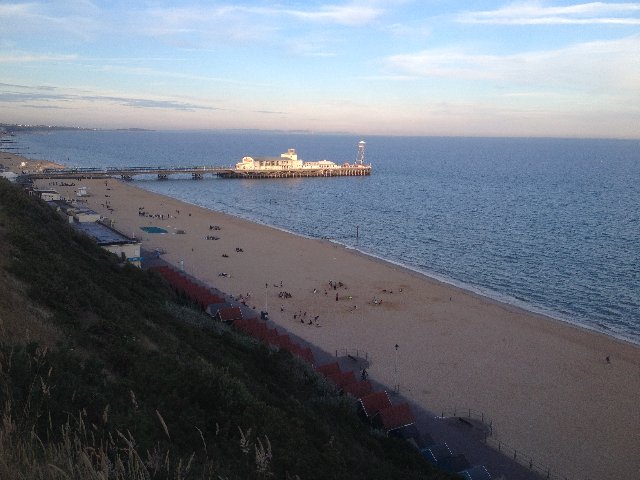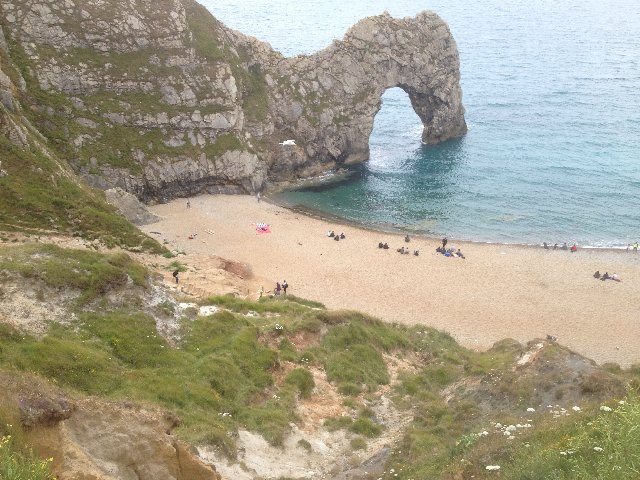Recently I took the time to read Thomas Piketty’s Capital in the Twenty-First Century cover to cover.1 One of the key concepts that it covers is the historical rising and falling of the “rentier” – namely a person who derives some or all of their income from rents on property that they own. This topic is closely related to what would in modern economic parlance be referred to as “return on equity” (ROE) – in other words, the net income divided by the net investment (which can also be characterized as “assets minus liabilities”.)
One of Piketty’s theses is that ROE must “mean-revert.” In less obscure terms, he suggests that there is some overall rate of return which is sustainable, and if the rate is higher than this or lower than this, it will eventually have to come back to this average rate. High rates of return are only possible when there are significant structural changes to society (think “industrial revolution”) where those who start out with great resources will be the greatest beneficiaries, and will do much better than this sustainable rate. In contrast, when the rates are too high, revolutions occur and those with the most to lose are, in fact, the ones who lose the most, while those with the least to lose are the beneficiaries. Between these extremes, there is some stable mid-point which doesn’t greatly enrich the few or impoverish the many, and this is where society will eventually return.
Which is all really a long way of introducing the topic of whether building this house is a good idea, in both financial and ethical terms. Let’s consider some of the relevant factors.
Income: I expect to be able to rent for something around $1300/month. Single-room rentals near the two colleges are typically going for a lot more than $650, but they have convenience on their side; furnished two-bedroom homes can rent for as much as $1800/mo, but I’m not planning on offering this furnished. On the other hand, the green features might command a premium with the right renters. I could also consider trade-offs like charging a higher rent but throwing in utilities (on the assumption that utility bills will be very low) or offering some minimal furnishings (Craiglist, anyone?) but this seemed like a good starting point.
Expenses: I will minimally need to pay the current monthly maintenance fees (about $125) and property taxes (about $225). Because the house is only legally a 2-bedroom home with a small footprint, the taxes should be considerably lower than for some of the other homes in this community. There will be added maintenance expenses over time, but hopefully nothing major for the first few years, so I’ll allocate $50/mo for that, plus another $50/mo for homeowners insurance.
Assets: Assuming I’m on budget(ish), the home including the land and various extras such as solar panels, batteries, and water storage/treatment may cost $140k.
Liabilities: I intend to build this home with funds that I otherwise would have invested in more traditional retirement assets. In other words, my intention is to pay cash and not take out a mortgage or construction loan to build it. Thus, no significant liabilities. Ironically, the way ROE is calculated, this is considered to be to my disadvantage… but I’m much happier (and run a lot lower risks) living a debt free life.
Thus, estimated ROE is ($1300-$450)x12/($140000-$0) = 7.2% per annum.
Now, where else am I likely to find 7.2% ROE? Mostly in things that are fairly high risk – corporate junk bonds, sovereign debt of nations in dubious straits, or real estate investment trusts. One difference here, of course, is that I’m looking at something where I own the capital itself. If I decide there’s another, better option, I could certainly consider selling the house instead of renting it, and get back my principal – with the possibility of additional appreciation on principal as well. But the reality is that over my main portfolio of investments (mostly in retirement accounts), I’m only earning about 2.75% right now, because of a lot of relatively conservative and principled investments. (Funds like LOWC, a low-carbon ETF, or ORG, an organics ETF do not return a high dividend; I do own a few stocks like PEGI, a renewable energy company, which has a >6% yield, but these are high risk and not something I want to invest $140k in.)
This was the argument I made to my financial advisor regarding the investment, and she pretty much concurred that it was a sound way to diversify. Plus, if the economy falls apart and I lose my job or my retirement investments, the hope is that at least I’ll still have a valuable asset that I could either get income from or sell.
But is it ethical to be a rentier? Well, I’m not really sure how to evaluate that. I do know that the Ithaca area seems to have a continual shortage of housing, which I’ll be helping in my small way. Furthermore, at least a few of the landlords have been reported in the news as rather unscrupulous – apartments with no heat in the winter and such things – and I certainly intend to do better by my renters than that! What I hope to offer is something that is fair value for the area we live in, with a number of amenities that show people how to live a good life with a smaller ecological footprint. And while I expect to make money doing this, I will certainly have put a lot of labor into making it happen. I feel okay about this, and hopefully you, my dear reader, will not rise up in revolt against me for owning a rental property!
- Okay, I’ll admit I only skimmed the endnotes. What happened to footnotes, people? If the notes are on the same page, I’ll pretty much always read them. If I have to keep two bookmarks just to find the corresponding endnote… less so. ↩
 Just to give you a sense, this is how they fit the sink into the bathroom – they cut it in thirds, took the middle third with the faucet, and turned that sideways. Not really… but that’s about how big this is. However, the beach was very close – only two blocks up and about 100 feet down. It seems that most of the coast is made up of large cliffs dropping off to the beach below.
Just to give you a sense, this is how they fit the sink into the bathroom – they cut it in thirds, took the middle third with the faucet, and turned that sideways. Not really… but that’s about how big this is. However, the beach was very close – only two blocks up and about 100 feet down. It seems that most of the coast is made up of large cliffs dropping off to the beach below.






